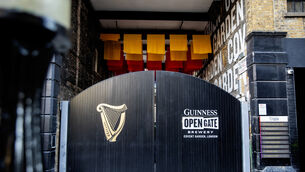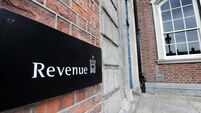DCC facing €50m bill after court rules on insider trading
The unanimous ruling of the Supreme Court yesterday overturns a 2005 High Court judgement against DCC and its chief executive Jim Flavin.
Fyffes is seeking up to €85m in compensation from DCC — equivalent to the profit made by DCC when it sold off a 10% stake in Fyffes in February 2000. Fyffes claimed the sale of the shares breached the insider dealing provisions of the Companies Act.
DCC said last night that it estimates it liability, in both compensation and costs, at about €50m.
The High Court is expected to hear the claim for damages in October.
The case is one of the longest-running commercial disputes to reach the courts and one of the most expensive with legal costs for both sides totalling about €25m.
Fyffes claimed that Mr Flavin (then a director of the company) was in possession of price sensitive trading statements when DCC, through a Dutch-registered subsidiary, sold a 10% stake in the fruit company in February 2000.
The High Court found that although Mr Flavin handled the sale of the shares, negotiating everything from the number of shares sold to the price, the information he had — Fyffes’ trading reports for November and December 1999 showing deteriorating sales and profits — were not price sensitive, information that if released would materially affect the company’s share price.
But the Supreme Court ruled that the trial judge, Ms Justice Mary Laffoy, had erred when ruling that the information was not price sensitive.
The Supreme Court found that the information in the trading reports was “unquestionably bad news” about Fyffes’ trading.
When Fyffes admitted that its profits were significantly below target, a month after DCC disposed of its share, the company’s share price fell by 15% in just two day. Mr Justice Niall Fennelly said it used not to be a “sin” to profit financially from the use of secret, private or privileged information.
“Now things are different. To trade on the use of inside information is recognised for what it is. It is a fraud on the market.”
















